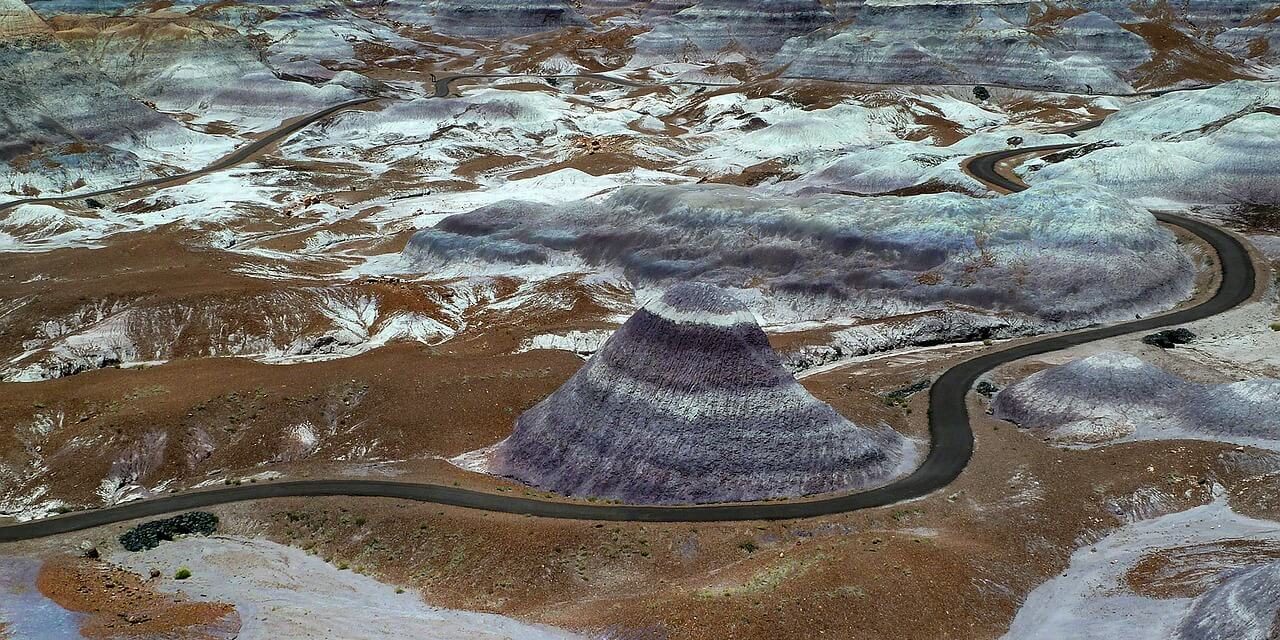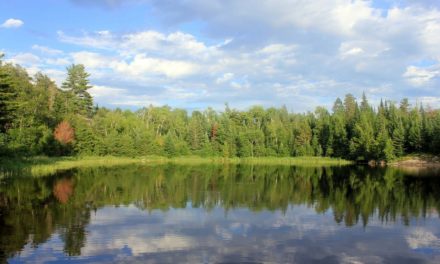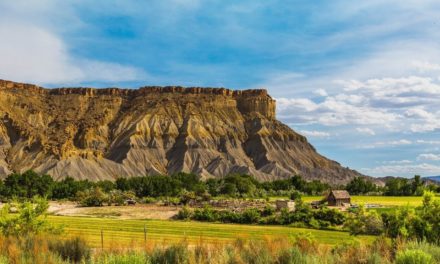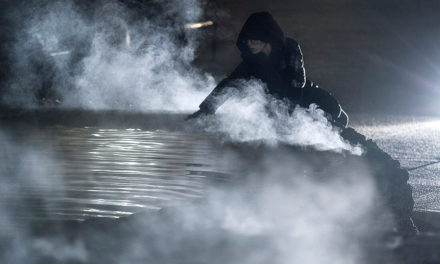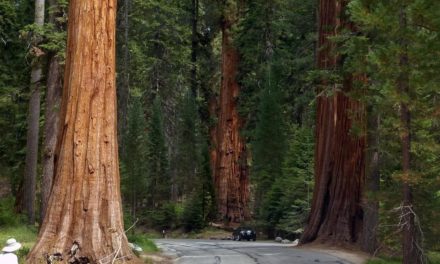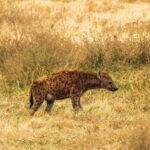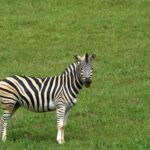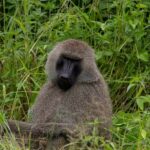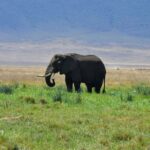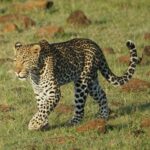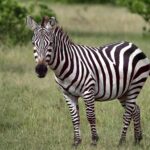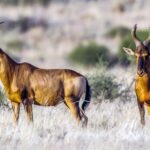Table of Contents
Overview / About
Petrified Forest National Park, located in northeastern Arizona, is a place where the desert tells an ancient story, one written in stone and color. Established in 1962, the park spans over 146,000 acres and is famed for its vivid badlands, painted desert vistas, and fossilized trees that are over 200 million years old.
Once a lush landscape filled with towering conifers, rivers, and dinosaurs, today it stands as one of the world’s richest fossil sites from the Late Triassic Period. Beyond its geological wonders, the park also preserves a deep cultural history with over 600 archaeological sites, tracing human presence back more than 13,000 years.
Wildlife & Nature
Despite its arid beauty, the park supports a surprising range of life adapted to the desert climate.
Flora:
- Desert grasses, sagebrush, mormon tea, and yucca thrive in the dry plains.
- During spring, wildflowers like primrose and globemallow paint the desert in bursts of color.
Fauna:
- Common wildlife includes pronghorn antelope, coyotes, jackrabbits, lizards, and kangaroo rats.
- Birdwatchers can spot ravens, hawks, burrowing owls, and western bluebirds.
- The park is also home to small reptiles and occasional rattlesnakes, typical of the high desert ecosystem.
Geology:
The star of the park, petrified wood, is fossilized remains of ancient trees transformed into quartz over millions of years. The brilliant reds, purples, and yellows of these fossils are due to mineral impurities like iron, manganese, and carbon.
Experiences & Activities
Petrified Forest offers a mix of scenic drives, short hikes, and quiet exploration through surreal desert landscapes.
Scenic Drives:
- Park Road (28 miles): The main route connects the Painted Desert to the Rainbow Forest, with numerous overlooks and trailheads.
- Painted Desert Rim Drive: Offers stunning views of colorful badlands and layered rock formations.
Hiking & Walking Trails:
- Crystal Forest Trail: A short loop through a dense concentration of glittering petrified logs.
- Blue Mesa Trail: A 1-mile loop that winds through blue and lavender clay hills, perfect for photography.
- Giant Logs Trail: Near the visitor center, showcasing some of the largest petrified trees in the park.
- Long Logs and Agate House Trail: Combines fossil viewing with a glimpse of ancient Puebloan ruins made of petrified wood.
Photography & Exploration:
- The Painted Desert is especially striking at sunrise and sunset when the badlands glow with soft reds and purples.
- Stargazing is exceptional due to minimal light pollution, the park is a designated International Dark Sky Park.
Cultural Sites:
- Visit Puerco Pueblo, an ancestral Puebloan village with petroglyphs dating back nearly 1,000 years.
Best Time to Visit
The park is open year-round, but weather conditions greatly affect the experience.
- Spring (March – May): Mild temperatures and blooming desert flowers.
- Fall (September – November): Comfortable weather and clear skies for hiking.
- Summer (June – August): Hot, often exceeding 90°F; visit early morning or late evening.
- Winter (December – February): Cool and quiet, with fewer visitors; occasional snow adds a surreal touch to the badlands.
How to Reach & Park Entry
Location: Northeastern Arizona, between Holbrook and Chambers, along Interstate 40.
By Road:
- Main entrances: Painted Desert Visitor Center (north) and Rainbow Forest Museum (south).
- Accessible directly from I-40 (Exit 311) or U.S. Highway 180.
By Air:
- Nearest airport: Flagstaff Pulliam Airport (FLG), about 120 miles southwest.
- Phoenix Sky Harbor International Airport (PHX) is about 200 miles away.
Park Entry Fees:
- $25 per vehicle (valid for 7 days)
- Annual pass: $45
Where to Stay / Camping Options
There are no campgrounds or lodges inside the park, maintaining its wilderness character, but options are nearby.
Inside the Park:
- No overnight stays, only day use is allowed.
Nearby Accommodations:
- Holbrook (20 miles west): Offers hotels, motels, and RV parks.
- Winslow (60 miles west): Additional lodging and restaurants.
- Painted Desert Inn (Historic Site): No lodging, but a must-visit for its architecture and history.
Camping Nearby:
- Holbrook / Petrified Forest KOA: Full-service RV park with tent sites.
- McHood Park (near Winslow): Primitive camping by a reservoir, great for stargazing.
Travel Tips / Safety Notes
- Collecting petrified wood or fossils is strictly prohibited, leave everything as you find it.
- Bring plenty of water, sunscreen, and a hat; shade is minimal.
- Wear sturdy shoes for rocky and uneven terrain.
- The park closes after sunset, plan visits accordingly.
- Monsoon storms (July – August) can cause flash floods in low-lying areas.
- Respect archaeological sites; do not touch or climb ruins or petroglyphs.
Packing List
- Lightweight clothing and sun protection
- Sturdy hiking boots
- Water bottle or hydration pack
- Sunglasses and wide-brimmed hat
- Camera for landscapes and fossils
- Snacks for long drives between stops
- Map or GPS (limited cell service)
Visitor Statistics
Petrified Forest National Park welcomes around 600,000 visitors annually, offering a quieter and more reflective experience than many major parks. It attracts geology lovers, photographers, and history enthusiasts drawn to its ancient wonders and wide-open silence.
Conservation & Responsible Tourism
Petrified Forest protects one of the world’s most complete records of Triassic ecosystems and the cultural heritage of the Ancestral Puebloan people. Park rangers and scientists work to combat fossil theft, erosion, and the impacts of climate change on fragile desert landscapes.
Visitors can support preservation by:
- Staying on designated trails.
- Avoiding fossil collection or rock removal.
- Using reusable bottles and minimizing plastic waste.
- Respecting park hours and archaeological sites.
Petrified Forest National Park is a living museum of time, where trees became stone, deserts became art, and the past remains etched into every layer of earth.

